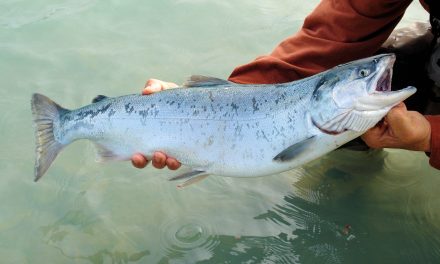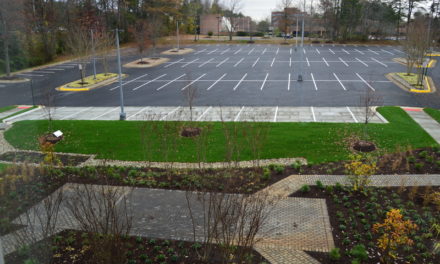Soil media can reverse the toxic effects of urban runoff that otherwise quickly kills young coho salmon and their insect prey, according to new research by Washington State University, NOAA Fisheries, and the U.S. Fish and Wildlife Service.
Polluted stormwater has been identified as a risk factor for many threatened and endangered salmon and steelhead and has caused die offs of coho salmon in the Pacific Northwest. However, the research indicates that bioretention systems that first filter runoff through a soil media removes toxics lethal to aquatic life. Such systems are increasingly found in Washington State’s Puget Sound area.
For the study, published in the January issue of the journal Chemosphere, researchers collected runoff from a four-lane Seattle overpass during six storms and transported it to Washington State University’s Research and Extension Center in Puyallup. The untreated runoff killed all juvenile salmon exposed to it within 12 hours. But all fish survived in runoff filtered through soil columns, with or without plants. The soil filtration also prevented reproductive damage to tiny insects salmon eat. Untreated runoff regularly killed aquatic insects, such as mayflies, but filtering the runoff through the soil columns “conferred complete protection against the lethal toxicity of stormwater runoff,” the scientists wrote.
The 12 “bioretention” columns were 107 cm (42 in) high and contained 60% sand, 15% compost, 15% shredded bark, and 10% water treatment residuals, with half also planted with a common sedge. Chemical analyses showed the bioretention treatment reduced toxic metals by 30% to 99%, reduced polycyclic aromatic hydrocarbons to levels at or below detection, and reduced organic matter by more than 40%.
“This is a simple approach that can make a big difference in the quality of water flowing into our rivers and streams,” said Jenifer McIntyre, postdoctoral researcher at Washington State University and lead author of the new research. “In this case, the salmon and their prey are telling us how clean is clean enough.”






